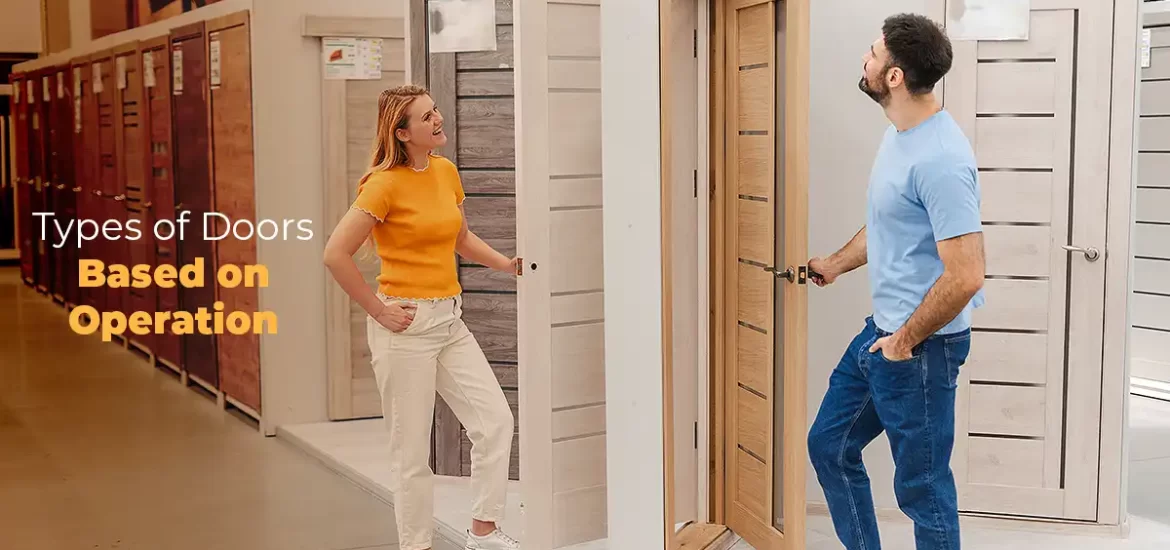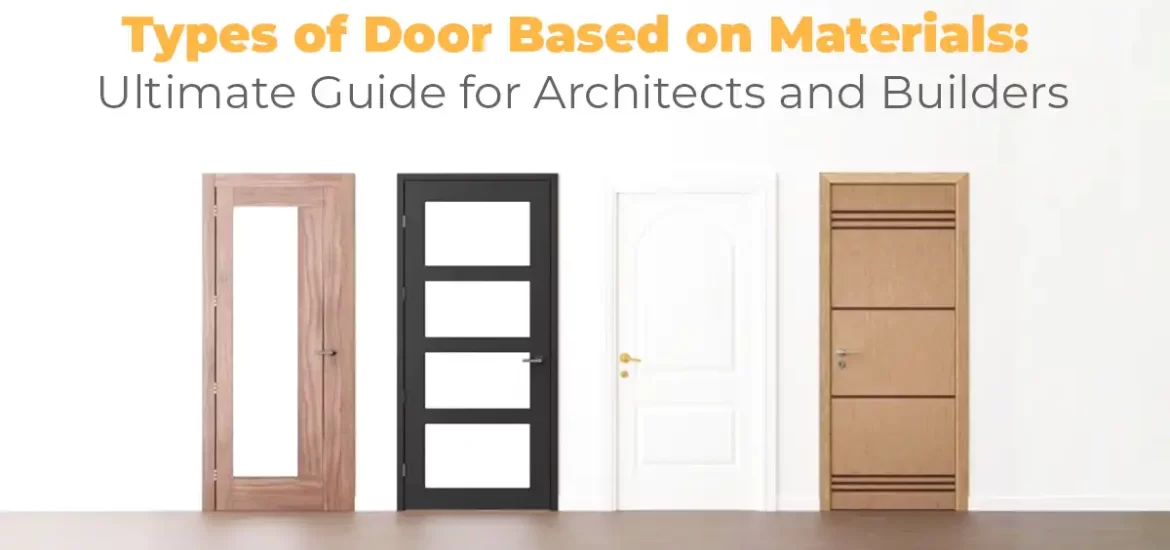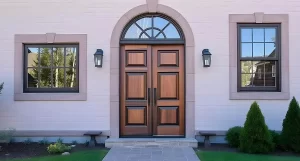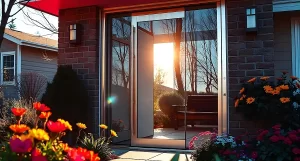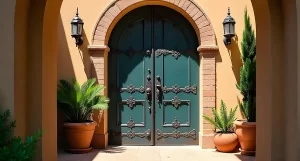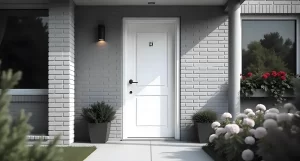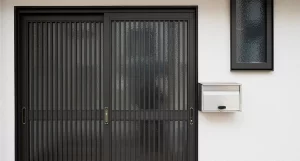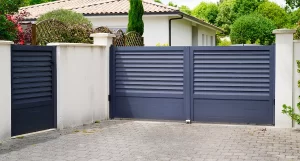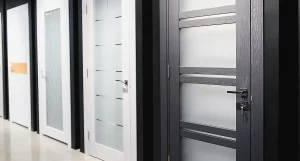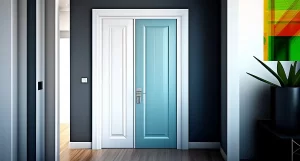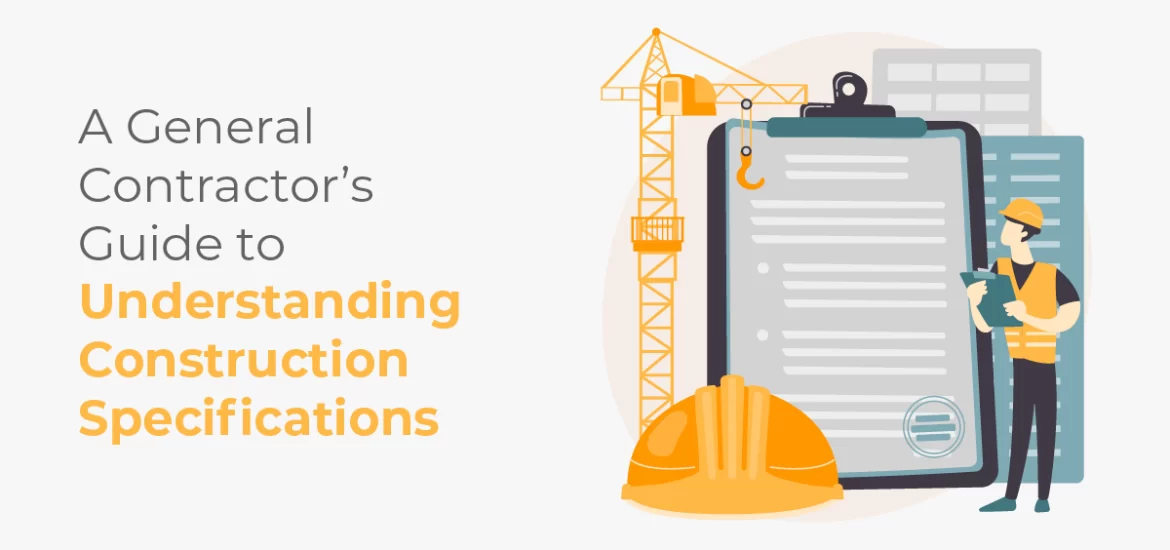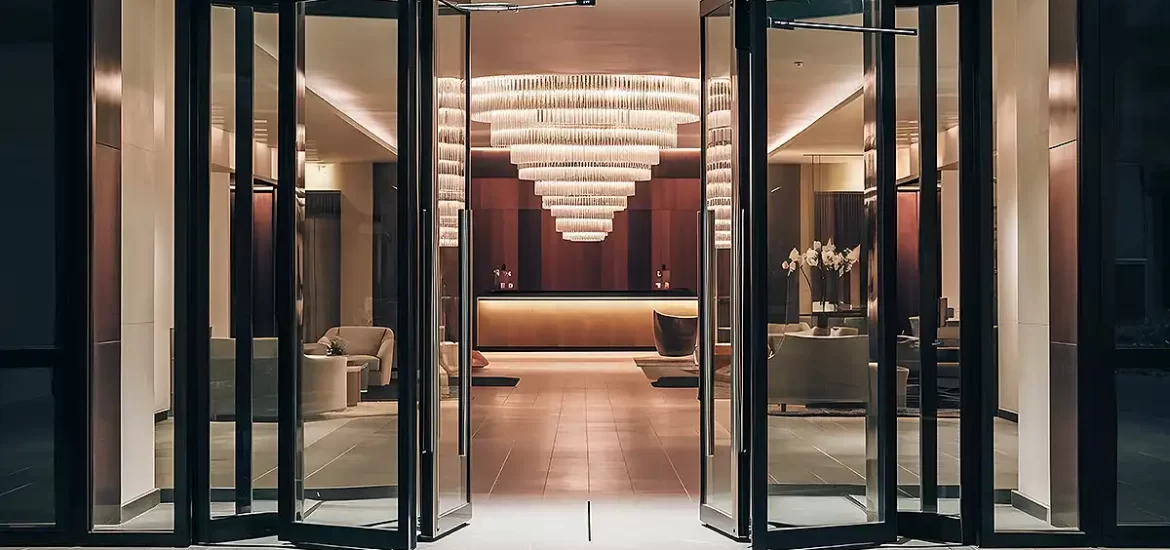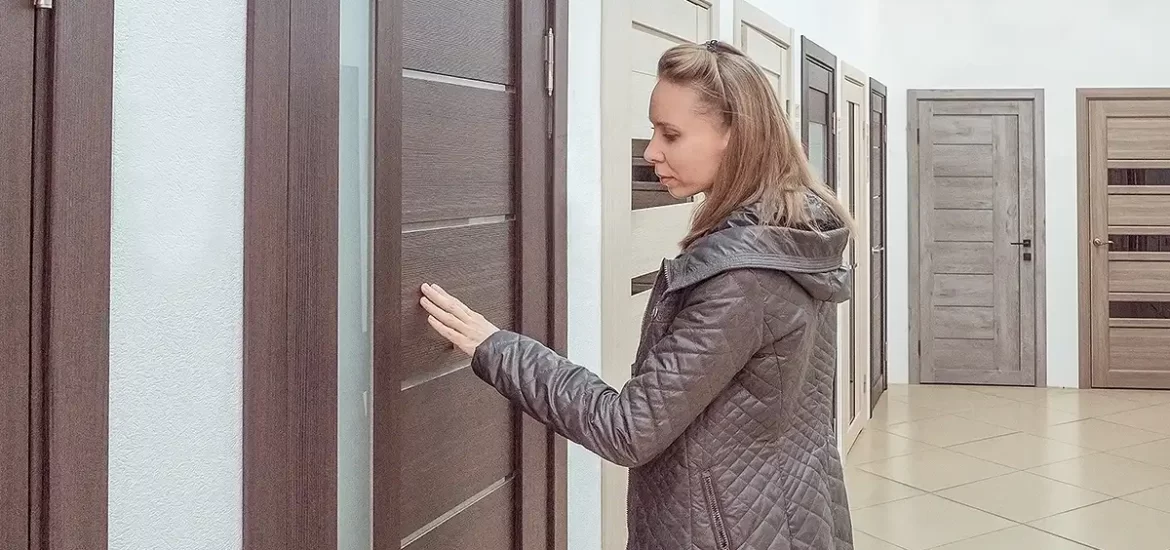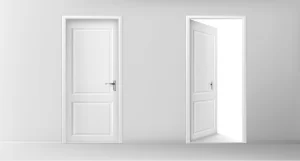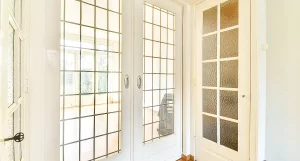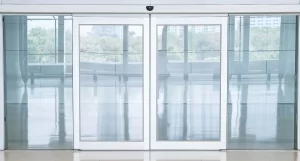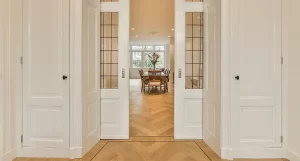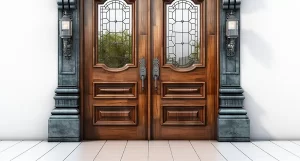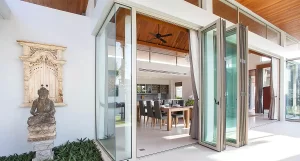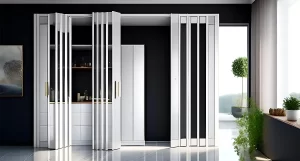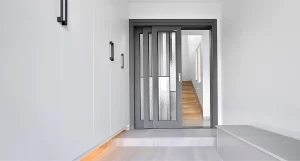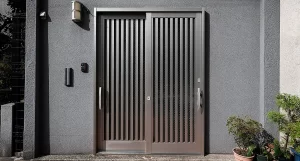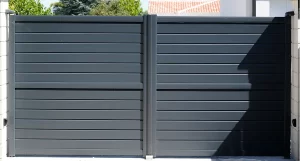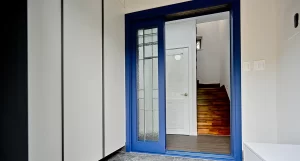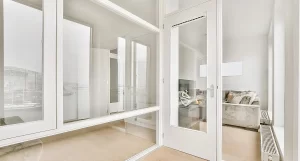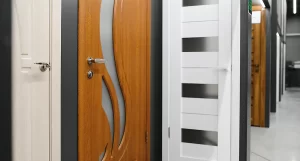Do you know the secret behind the successful construction projects? It is construction specifications. These specifications are the blueprints guiding everyone in construction – from architects to contractors. These construction specifications are important documents that instruct and guide at every step of the construction process. It ensures everyone’s on the same page, preventing costly mistakes and delays.
In this blog by a leading construction specifications services company, we’ll cover why they’re so important, how they fit into the bigger picture of a project, and how they can help you build successful construction projects. So, whether you’re a seasoned contractor or just starting out, read till the end to find how architectural specifications can be a secret weapon for your building project!
Understanding Construction Specifications for Contractors
Think of construction specifications as detailed playbooks for a building project. They outline everything from the materials, brands to be used to the quality of work expected. These documents serve as an instructor for everyone involved—contractors, subcontractors, and suppliers—ensuring that everyone is aligned and can work together smoothly.
The main purpose of construction specifications is to connect the visual documents, like blueprints and drawings, with the actual materials on-site. They serve as a formal agreement between the project owner and the contractor, clearly outlining legal responsibilities, quality standards, and performance expectations. Incorporating CSI codes and divisions helps organize these building specifications, making it clearer for stakeholders in construction to understand their roles and responsibilities throughout the project.
It’s important to understand how construction specifications differ from visual documents. Plans and drawings illustrate the layout, size, and design of the project, while specifications explain the “how” behind the construction. Here’s what specifications typically cover:
Materials to Use: Details about types of wood, concrete, and other materials.
Installation Methods: Step-by-step instructions on how to properly install the materials.
Compliance: Ensuring everything meets local building codes and regulations.
When combined, specifications and visual documents work hand in hand to ensure that a construction project is carried out accurately and meets the highest standards.
Contents of Construction Specifications
Building specifications in Construction typically include key components such as:
• General Information
• Division Format
• Scope of Work
• Materials
• Standards and Quality Control
• Execution Requirements
• Contractor Responsibilities
• Submittals
• Warranty and Maintenance
• Special Provisions
• Payment and Schedule
• Appendices
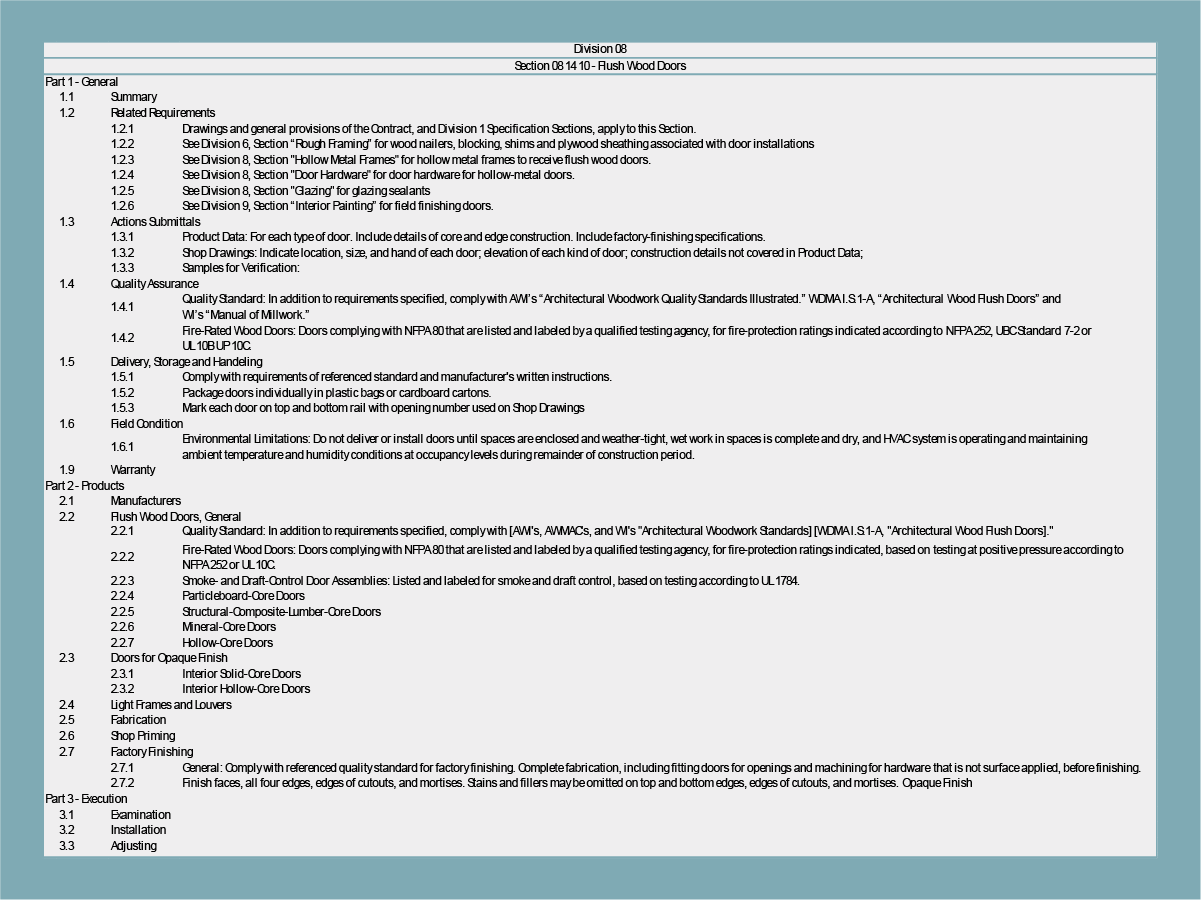
The Importance of Outlining Quality Standards and Requirements
Setting clear quality standards and requirements in construction specifications is crucial for fostering a smooth and collaborative work environment. When contractors, subcontractors, and project owners all know what’s expected, it significantly reduces the chances of misunderstandings and conflicts.
Quality standards help define what good workmanship looks like. When everyone is on the same page, it minimizes confusion and disagreements, allowing the project to progress more smoothly. These standards also ensure that the work meets local building codes and industry regulations, which are essential for the safety and functionality of the building. This isn’t just about checking off boxes; it’s about ensuring that the structure is durable and built to last.
Moreover, clear specifications enhance communication among team members, helping the project run more efficiently. With well-defined instructions, the risk of costly mistakes or delays decreases, leading to a more streamlined process. By outlining these quality standards, everyone involved can collaborate more effectively, setting the stage for a successful project from start to finish.
The Importance of Specifications in Construction Projects
First and foremost, building specifications in construction provide essential guidelines, outlining the materials, workmanship, and quality standards required for the project. This clarity helps prevent misunderstandings among contractors, subcontractors, and project owners, making collaboration much smoother.
Specifications are also vital for quality control. They establish benchmarks that ensure the finished project meets certain standards, which is crucial for the safety and durability of the building over time. Another key aspect is legal protection. By clearly defining everyone’s responsibilities, specifications can serve as a safeguard against potential legal issues, should claims of negligence or poor workmanship arise.
When it comes to budget management, solid construction specifications are a game changer. By detailing the materials and methods to be used, they enable more accurate cost estimates, helping to avoid budget overruns. Additionally, architectural specifications enhance communication among architects, engineers, contractors, and subcontractors. When everyone is aligned, the chances of errors or omissions during the project decrease significantly. They also ensure that the project complies with local building codes and regulations, which is essential for obtaining the necessary permits and approvals.
By clearly outlining requirements, construction specifications help teams identify potential risks early on, allowing for proactive solutions. In short, specifications are essential for a successful construction project, helping everyone work together effectively toward a common goal. Not only is that, understanding the different types of specifications crucial, as they directly influence the clarity, flexibility, and cost-effectiveness of a project.
Types of Construction Specifications
Prescriptive Specifications
Prescriptive specifications focus on providing detailed guidelines for achieving specific results in construction. They include clear instructions on the materials and methods to use, making it easier for everyone involved in the project to understand exactly what to do.
One of the key aspects of prescriptive specifications is clarity. It’s crucial that these guidelines are straightforward and easy to follow. This clarity helps prevent misunderstandings during the construction process, ensuring that everyone is aligned and working toward the same goals.
Compliance is another important factor. The materials and methods outlined in these specifications must adhere to local building codes and regulations. This not only helps maintain safety but also ensures that the project is legal and meets all necessary standards.
It’s also important to consider the cost implications of using prescriptive specifications. While they provide clear directions, they can limit flexibility in material choices. If the specified materials are difficult to source or more expensive, this could lead to higher costs for the project. Balancing clarity with practicality is essential to keep everything on track and within budget.
Performance Specifications
Performance specifications focus on the end results rather than detailing every step to achieve them. They set clear goals that contractors need to meet, giving them the flexibility to choose the materials and methods that work best for their approach. This freedom encourages creativity and can lead to more cost-effective solutions.
However, it’s essential to establish clear criteria for testing and verifying that these performance standards are met. Since some responsibility falls on the contractor with this approach, it’s important to assess their capabilities beforehand to ensure they can deliver what’s expected.
Proprietary Specifications
Proprietary specifications specify certain products or brands that must be used in a project. This method is often selected when specific performance or aesthetic standards need to be met. While relying on known products can help ensure quality, it may also limit the contractor’s options and potentially increase costs.
To promote competition and flexibility, consider allowing similar products that meet the same standards. It’s also crucial to build strong relationships with suppliers to ensure that the required products are readily available and supported throughout the project.
Open Specifications
Open specifications provide contractors with the freedom to choose any products or methods that meet the specified performance criteria. This approach encourages competition among suppliers and contractors, which can lead to cost savings as multiple contractors bid on the project.
However, it’s vital to ensure that the materials selected still meet the necessary performance and quality standards. Proper documentation is key to confirming that the chosen products comply with the specifications, helping to keep everything on track and up to standard. In the next section, you will understand what do construction professionals need to read.
Key Players in Preparing Construction Specifications
Architects
Architects play a crucial role in shaping the look and functionality of buildings. They combine creativity with practicality, drafting detailed plans that bring their visions to life. When it comes to preparing construction specifications, architects are vital in turning imaginative ideas into clear, actionable instructions.
One of their primary responsibilities is defining the project’s vision. They ensure that every detail— from the materials chosen to the construction methods used— aligns with the original design concept. This meticulous attention to detail helps maintain the integrity of the vision throughout the building process.
Architects also focus on the aesthetic aspects of a project, carefully selecting finishes, colors, and textures to create the desired atmosphere. These choices are essential, as they greatly influence how people experience and interact with the space. Safety and compliance are just as important in an architect’s role. They ensure that their specifications meet local building codes and regulations, which is crucial for making sure the project is both safe and legally sound.
In their work, architects balance artistry with responsibility. Their specifications lay the groundwork for successful construction, ensuring that the final result not only reflects their creative vision but also meets all necessary standards.
Engineers
Engineers are essential to any construction project, ensuring that buildings are not only visually appealing but also safe and functional. Their work involves several key tasks that are crucial for a successful outcome.
At the heart of this process are structural engineers. They focus on the materials and construction methods that ensure a building’s strength and security. Their job is to make sure the structure can withstand various stresses over time, from weather conditions to everyday wear and tear.
Then we have mechanical, electrical, and plumbing (MEP) engineers. These specialists design the systems that keep a building comfortable and efficient. They handle everything from heating, ventilation, and air conditioning (HVAC) to electrical systems and plumbing. Their goal is to ensure all these systems work seamlessly together, creating a functional environment for everyone who uses the space.
Material selection is another critical aspect of an engineer’s role. They carefully choose materials based on performance, sustainability, and how well they work with other systems. This attention to detail is vital for creating buildings that meet high technical standards and operate effectively.
Project Managers
Project managers play a crucial role in construction, acting as the glue that holds everything together and ensuring smooth operations throughout the project. Their responsibilities are diverse and essential for achieving success.
One of their primary tasks is conducting feasibility assessments. Project managers carefully evaluate whether the project specifications can realistically be achieved within the budget and timeline. This proactive approach helps keep everything on schedule and financially manageable.
They also excel in coordinating communication. By facilitating discussions among architects, engineers, and contractors, project managers ensure that everyone is aligned and on the same page. This collaboration helps prevent misunderstandings and keeps the project focused on a shared vision.
Another important aspect of their role is risk management. Project managers identify potential issues that could arise during the project and take steps to address them before they become significant problems. This might involve suggesting alternative materials or methods to minimize risks and keep everything on track.
Construction Leaders
Construction leaders, like site supervisors and foremen, are crucial players who turn blueprints into real buildings. Their hands-on approach is essential for the success of any construction project.
With their practical experience, construction leaders provide valuable insights about the plans. They can spot potential challenges early and suggest adjustments to keep everything running smoothly throughout the construction process. They also play a key role in ensuring compliance. By overseeing the construction team, they ensure that the work meets the required quality and safety standards. This oversight is vital for maintaining the integrity of the project.
Additionally, construction leaders emphasize training and communication. They take the time to educate their teams about the building specifications, ensuring everyone understands the standards and expectations. This fosters strong communication and teamwork, which are critical for a successful project.
Architects’ Responsibilities in Drafting Construction Specifications
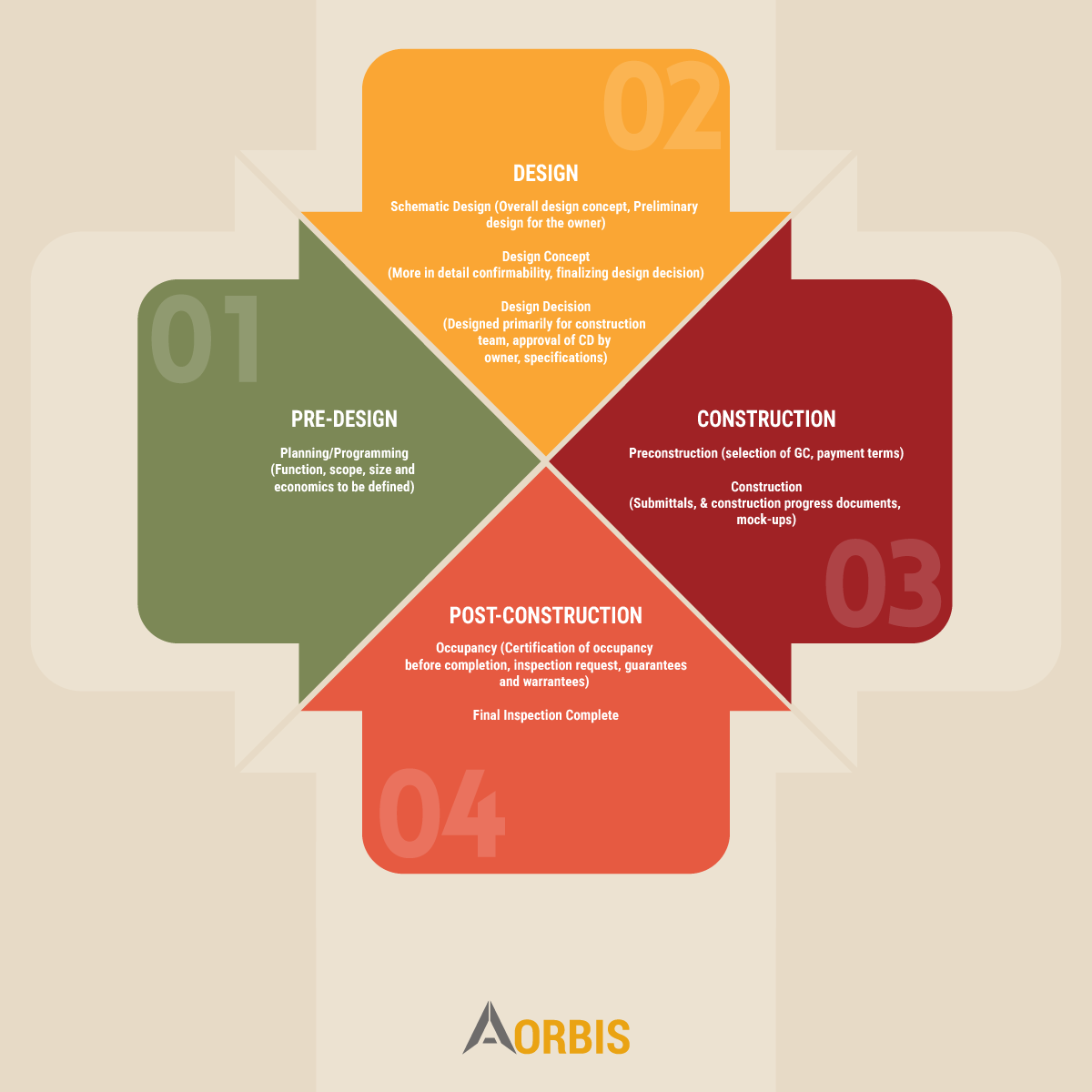
Architects play the key role in developing building specifications for construction, which serve as detailed guidelines outlining the materials, standards, and methods needed for a successful project. Their work involves collaborating with other professionals to ensure everything aligns with both the design vision and practical requirements.
One of their main responsibilities is translating design intent into clear specifications. Architects create detailed documents that convey their vision, specifying how the building should look and function. They pay close attention to aesthetic elements, including finishes, colors, and materials, to capture the overall style and character of the project.
When it comes to material selection, architects choose options based on durability, sustainability, and compatibility with other design elements. They increasingly prioritize eco-friendly materials and practices to align with environmental goals and client preferences.
Architects also keep up to date with local building codes and regulations to ensure their building specifications for construction are safe and compliant. They collaborate with regulatory bodies to make sure everything meets necessary standards, helping to expedite the approval process.
Collaboration with engineers is another key aspect of their role. Architects work closely with structural engineers to specify materials and methods that ensure the building’s safety and integrity. They also coordinate with mechanical, electrical, and plumbing (MEP) engineers to ensure all systems integrate smoothly with the architectural design while remaining functional.
Effective communication with contractors is essential too. Architects participate in pre-construction meetings to clarify their specifications, answer questions, and address any uncertainties. Throughout the construction process, they remain available to help resolve any issues related to the specifications, ensuring that the project stays true to their original vision.
Finally, architects may conduct site inspections to ensure that construction aligns with the specifications, maintaining the quality and integrity of the design. They also gather feedback from construction teams about the practicality of the specifications, using this input to improve future projects.
How to Read and Understand Construction Specifications
To start, get comfortable with how the architectural specs are organized. They’re usually divided into sections that address different aspects of the project, like materials, installation methods, and quality standards.
A good first step is to check the table of contents to pinpoint the sections you need. Each section typically corresponds to a specific area of work, and they often follow the Construction Specifications Institute (CSI) format. This can make navigating the document much easier. As you go through the architectural specifications, pay attention to the language used. Keep an eye out for references to industry standards or codes, too. These guidelines are essential for ensuring compliance and maintaining quality. Make note of any specific details regarding how the project should be executed, including the order of tasks, inspections, and testing. Understanding this order will help you plan and manage resources more effectively.
Lastly, always cross-check the architectural specifications with the drawings. The drawings provide a visual layout, while the construction specs explain how to build it. Ensuring they align is critical, as mismatches can lead to delays or increased costs.
Together, the drawings and the architectural specs guide the entire construction process. Here is how they are different.
Comparison: Blueprints vs. Specifications
Blueprints and specifications are both essential documents in the construction process, working together to ensure a project’s success. Think of blueprints as visual guides that illustrate the layout, dimensions, and design features of a project. They serve as a detailed map, helping stakeholders involved understand how the building should look and how it should be constructed. Here is the difference between specs and plans.
Specifications, on the other hand, provide the critical details that complement the blueprints. They outline the materials, workmanship, and quality standards needed for each part of the project. While blueprints show where walls and windows should go, specifications detail what materials to use and how to assemble everything. Together, these documents bring the design to life as envisioned.
Blueprints have a significant advantage in that they allow contractors and workers to visualize the entire project, making it easier to grasp the overall design. They include important measurements and elevations to ensure construction aligns with the designer’s intent. Additionally, blueprints help different trades—like electrical and plumbing—collaborate effectively by showing how various systems fit within the space.
On the other hand, specifications play a crucial role as well. They set the standards for quality materials and workmanship, ensuring the finished building meets or exceeds expectations. Architectural Specifications also provide clear guidance on how to install and maintain different components, reducing the chances of errors during construction. Often, they include legal language that protects both the contractor and the owner by defining the scope of work and outlining everyone’s rights and responsibilities. In this context, below you can learn how you can improve construction specs.
Improving Construction Specifications
Here are some tips to help improve construction specifications:
Bring in Stakeholders Early: Bring architects, engineers, and subcontractors into the conversation from the get-go. Their insights can help spot potential issues early on, and when everyone feels included, they’re more likely to take pride in the project.
Solicit Feedback: Once you’ve drafted your specifications, gather input from everyone involved. This team effort can highlight any overlooked issues and improve the final document.
Consider Outsourcing Construction Spec Writing Service: If your project needs high level of detailing, or if your internal resources are stretched thin or you just don’t have the bandwidth for it, outsource the construction specification writing services to an Expert and professional Architectural specifications writing company, like AORBIS. AORBIS building specifier specialize in drafting clear, comprehensive specifications tailored to your project’s needs. Our specifiers have years of expertise and experience in building specifications writing which ensures zero chances of errors and omissions, ultimately saving you your time and money.
Hire a Construction Specifications Company in the USA
When you’re working on a construction project, having clear and detailed building specifications is really important. These architectural specs help everyone understand what needs to be done, which reduces mistakes and saves money. They also ensure that you’re complying with local laws and regulations.
For general contractors, being able to read and use these specifications is key. Getting everyone involved early and using straightforward language can make the process smoother and help keep the project on track. Well-organized construction specs can also protect you from delays and legal issues, setting the stage for a successful outcome.
If you’re worried that the construction specifications aren’t up to the mark and could jeopardize your construction project, AORBIS is here for you! Reach out to us for professional construction specification writing services.
